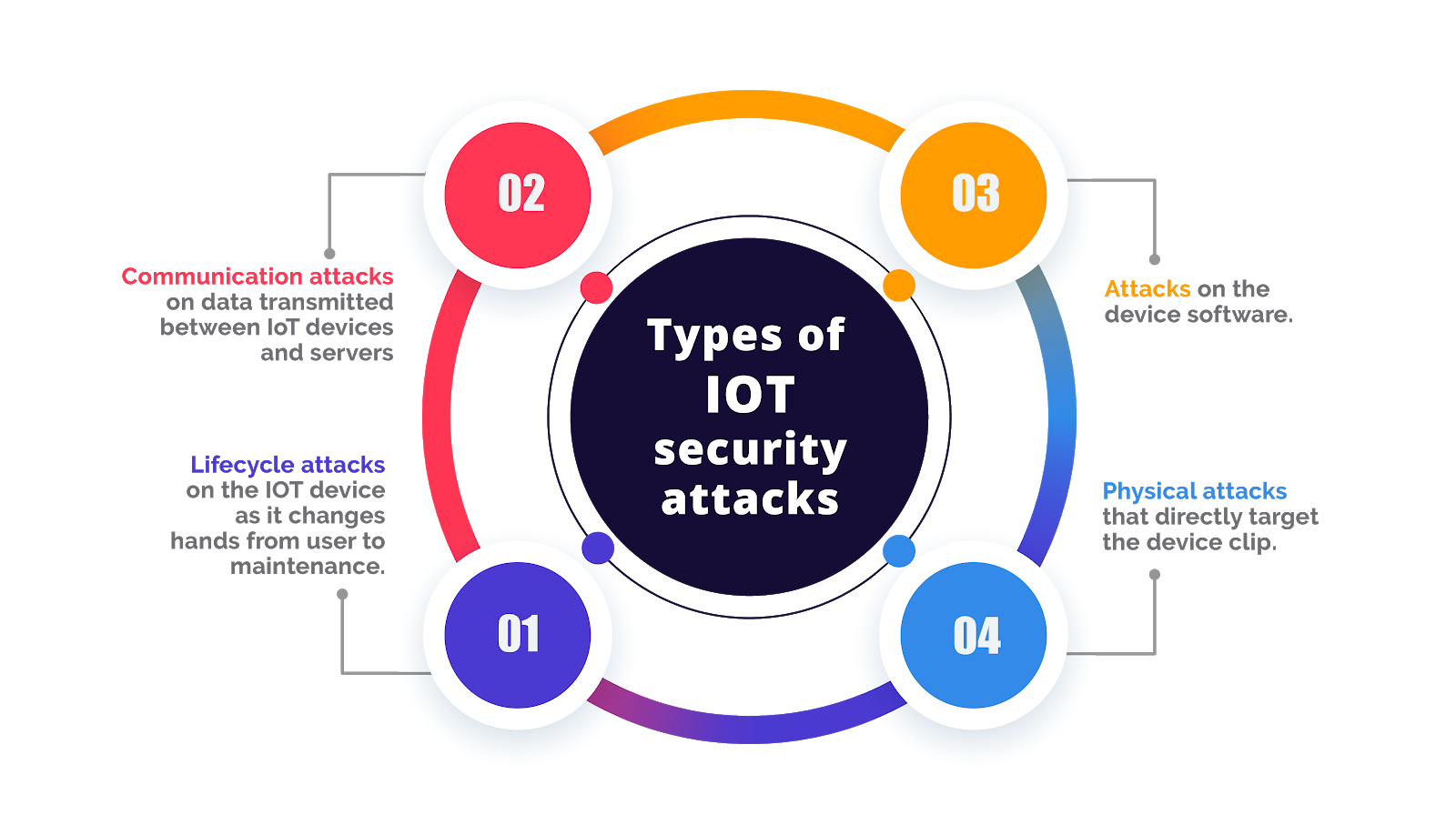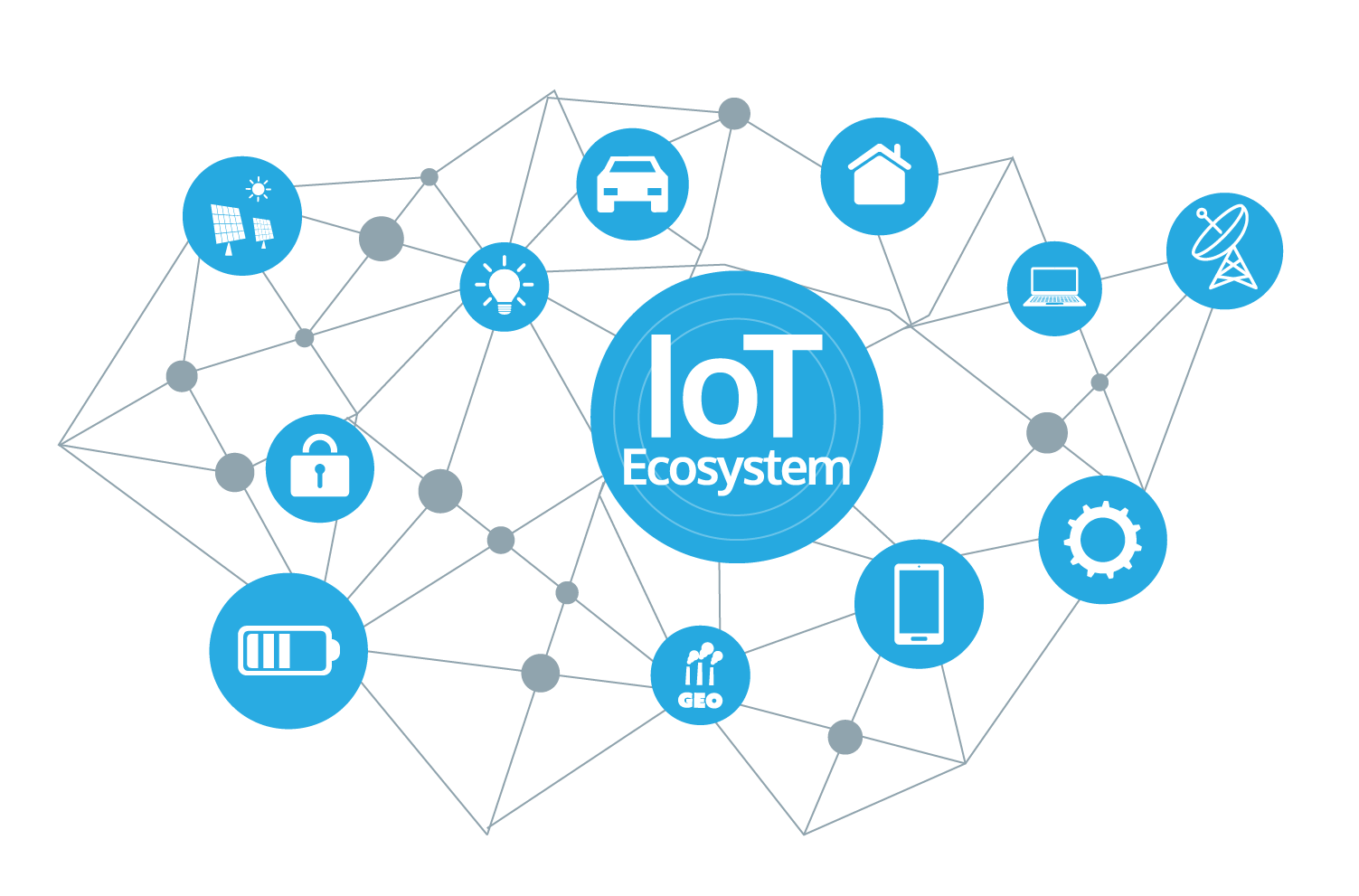Role of CDNs in Facilitating Seamless IoT Ecosystems

Content Delivery Networks (CDNs) play a crucial role in enabling seamless IoT ecosystems by:

1. Enhancing Data Distribution and Delivery:

- CDNs distribute and deliver IoT data across global edge locations, reducing latency and improving data access speed.
- They cache frequently requested data closer to IoT devices, reducing load on origin servers and providing faster data retrieval.
2. Optimizing IoT Connectivity:
- CDNs provide connectivity gateways that optimize communication between IoT devices and cloud platforms or other endpoints.
- They handle protocol translation, security, and routing, ensuring seamless data flow.
3. Supporting IoT Device Management:
- CDNs facilitate software updates and device management remotely.
- They deliver firmware updates to IoT devices, ensuring they have the latest security patches and functionality.
4. Securing IoT Ecosystems:
- CDNs provide robust security measures to protect IoT data and devices from cyber threats.
- They implement encryption, authentication, and access control mechanisms to safeguard sensitive information.
5. Enabling Data Analytics and Visualization:
- CDNs facilitate the collection and aggregation of IoT data from various sources in real-time.
- They provide tools for data analysis and visualization, enabling IoT insights and decision-making.
6. Creating Fast and Reliable User Experiences:
- By reducing latency and optimizing connectivity, CDNs ensure fast and reliable user experiences when interacting with IoT devices or services.
- They create a seamless and responsive experience, regardless of device type or location.
7. Cost Optimization:
- CDNs leverage edge caching and optimize data distribution, reducing bandwidth consumption and associated costs.
- They help IoT providers and businesses optimize their infrastructure and minimize expenses.
Use Cases in IoT Ecosystems:
- Remote monitoring and control of industrial equipment
- Smart city applications, such as traffic management and environmental monitoring
- Wearable devices and fitness trackers
- Connected vehicles and transportation systems
- Home automation and energy management
Conclusion:
CDNs are essential components of seamless IoT ecosystems, enabling efficient data distribution, optimized connectivity, secure communication, data analysis, cost savings, and enhanced user experiences. By leveraging their expertise in content distribution, security, and connectivity, CDNs play a pivotal role in unlocking the full potential of the Internet of Things.## The Role of CDNs in Facilitating Seamless IoT Ecosystems
Executive Summary
In the burgeoning realm of the Internet of Things (IoT), Content Delivery Networks (CDNs) play a pivotal role in ensuring seamless connectivity, rapid data delivery, and enhanced user experiences. By leveraging strategically distributed edge servers, CDNs provide a robust infrastructure that empowers IoT devices to operate efficiently, securely, and reliably. This comprehensive guide delves into the multifaceted role of CDNs, exploring their technical capabilities, benefits, and the key considerations for deploying them in IoT ecosystems.
Introduction
The IoT revolution has unleashed a vast network of interconnected devices, sensors, and actuators, generating unprecedented volumes of data. This data deluge presents challenges for traditional content delivery mechanisms, as latency, reliability, and security become paramount concerns. CDNs emerged as a game-changer in this context, addressing these challenges and unlocking the true potential of IoT applications.
FAQs
-
What is a CDN, and how does it work?
- A CDN is a distributed network of servers deployed across multiple geographic locations.
- It caches and delivers content closer to end-users, reducing latency and improving performance.
-
Why are CDNs critical for IoT ecosystems?
- IoT devices often operate in remote or resource-constrained environments, making reliable and low-latency connectivity essential.
- CDNs provide a robust infrastructure that ensures seamless data flow and device responsiveness.
-
What are the benefits of using CDNs in IoT ecosystems?
- Reduced latency and improved data delivery speeds
- Enhanced reliability and reduced downtime
- Increased security and data protection
- Cost optimization through efficient resource utilization
Subtopics
Content Caching and Delivery
- Description: CDNs store content on edge servers located near end-users, reducing the distance data must travel, thereby minimizing latency.
- Important Considerations:
- Choosing the right caching strategy (e.g., cache-control headers, server-side caching)
- Optimizing cache size and configuration for IoT devices
- Implementing content purging mechanisms to ensure data freshness
Load Balancing and Traffic Management
- Description: CDNs distribute traffic across multiple edge servers, preventing congestion and ensuring optimal performance.
- Important Considerations:
- Configuring load balancing algorithms for IoT traffic patterns
- Monitoring traffic patterns and adjusting load balancing policies accordingly
- Implementing failover mechanisms to handle server outages
Security and Privacy
- Description: CDNs provide multiple layers of security, including DDoS protection, encryption, and authentication, safeguarding IoT devices and data.
- Important Considerations:
- Implementing robust DDoS mitigation measures
- Encrypting data in transit and at rest
- Managing access permissions and user authentication
Analytics and Monitoring
- Description: CDNs provide comprehensive analytics and monitoring tools to track IoT traffic, identify bottlenecks, and optimize performance.
- Important Considerations:
- Configuring real-time monitoring dashboards
- Collecting and analyzing performance metrics (e.g., latency, uptime, bandwidth usage)
- Identifying and troubleshooting performance issues
Cost Optimization
- Description: CDNs help optimize infrastructure costs by reducing bandwidth usage and server load.
- Important Considerations:
- Negotiating cost-effective pricing plans with CDN providers
- Implementing traffic shaping techniques to reduce bandwidth consumption
- Utilizing dynamic caching to optimize server utilization
Conclusion
CDNs are indispensable components of modern IoT ecosystems, providing the foundation for seamless connectivity, rapid data delivery, and enhanced security. By carefully considering the factors outlined in this guide, businesses can effectively deploy CDNs to optimize their IoT deployments and unlock the full potential of these transformative technologies.
Keyword Tags
- Content Delivery Networks (CDNs)
- Internet of Things (IoT)
- Edge Computing
- Data Delivery
- Security and Privacy
